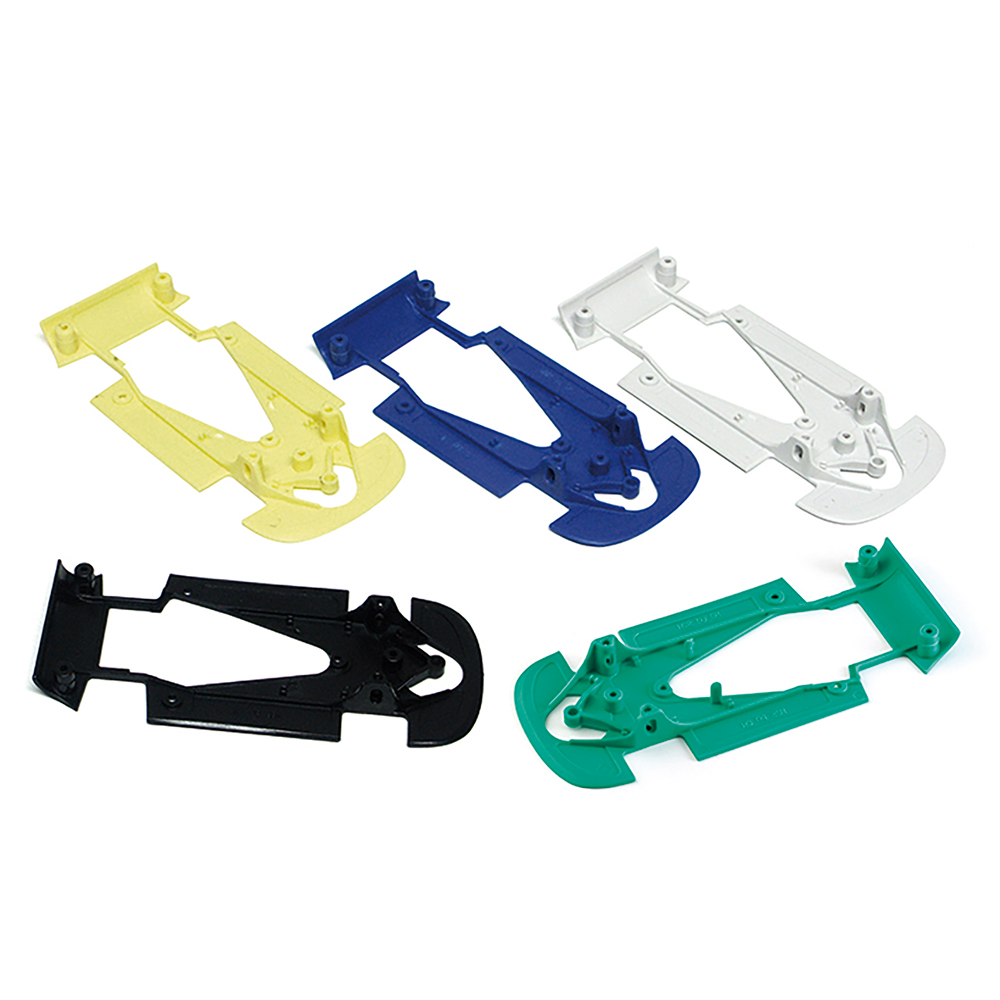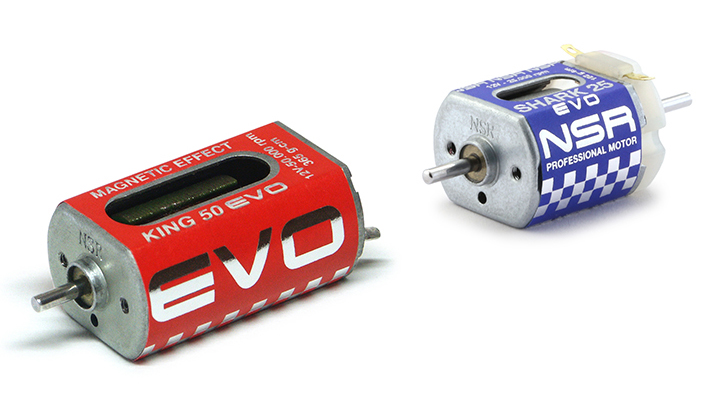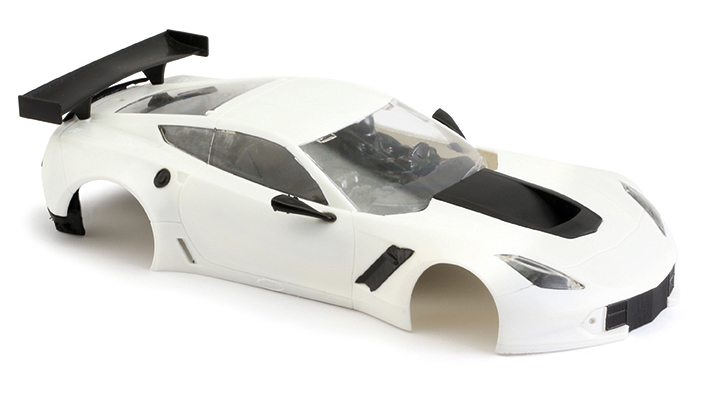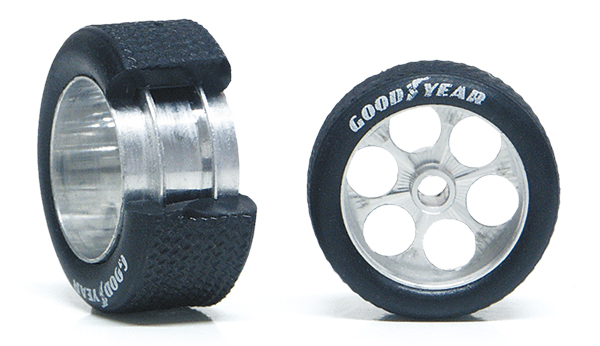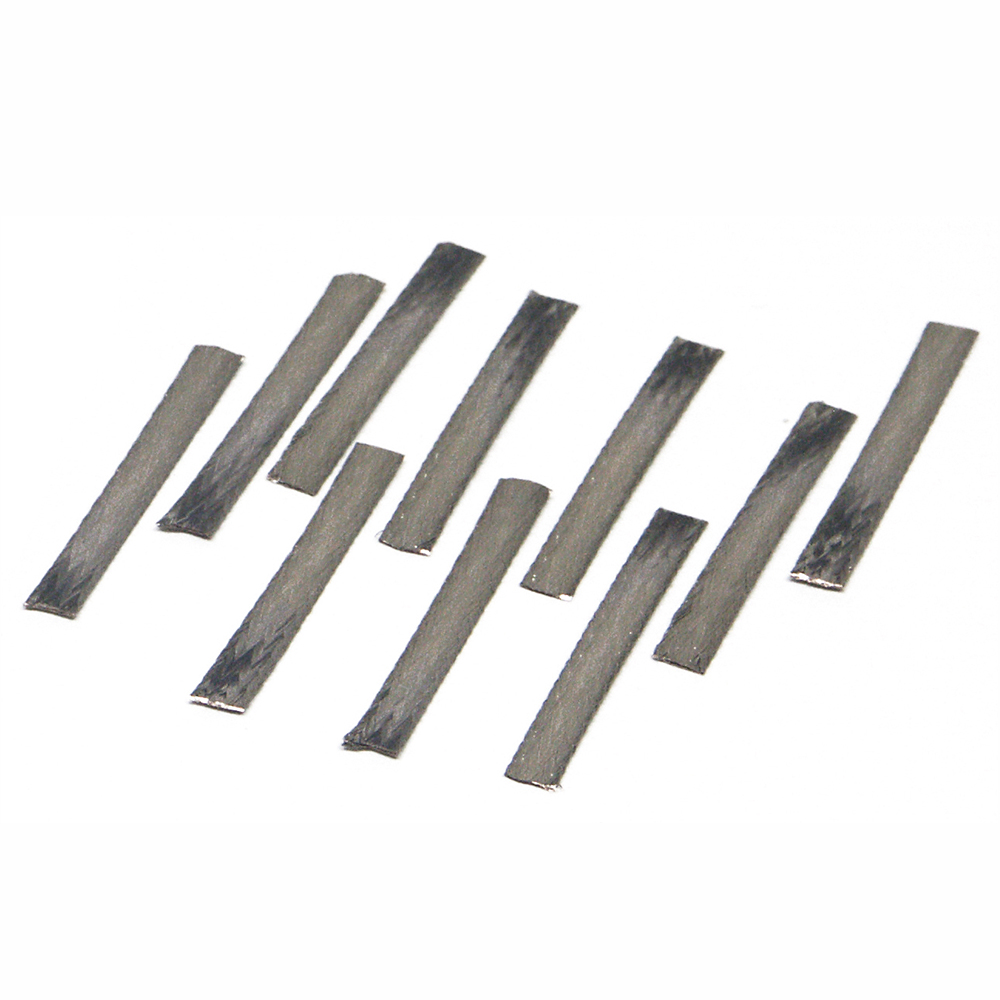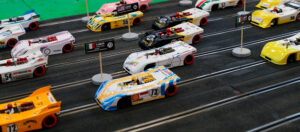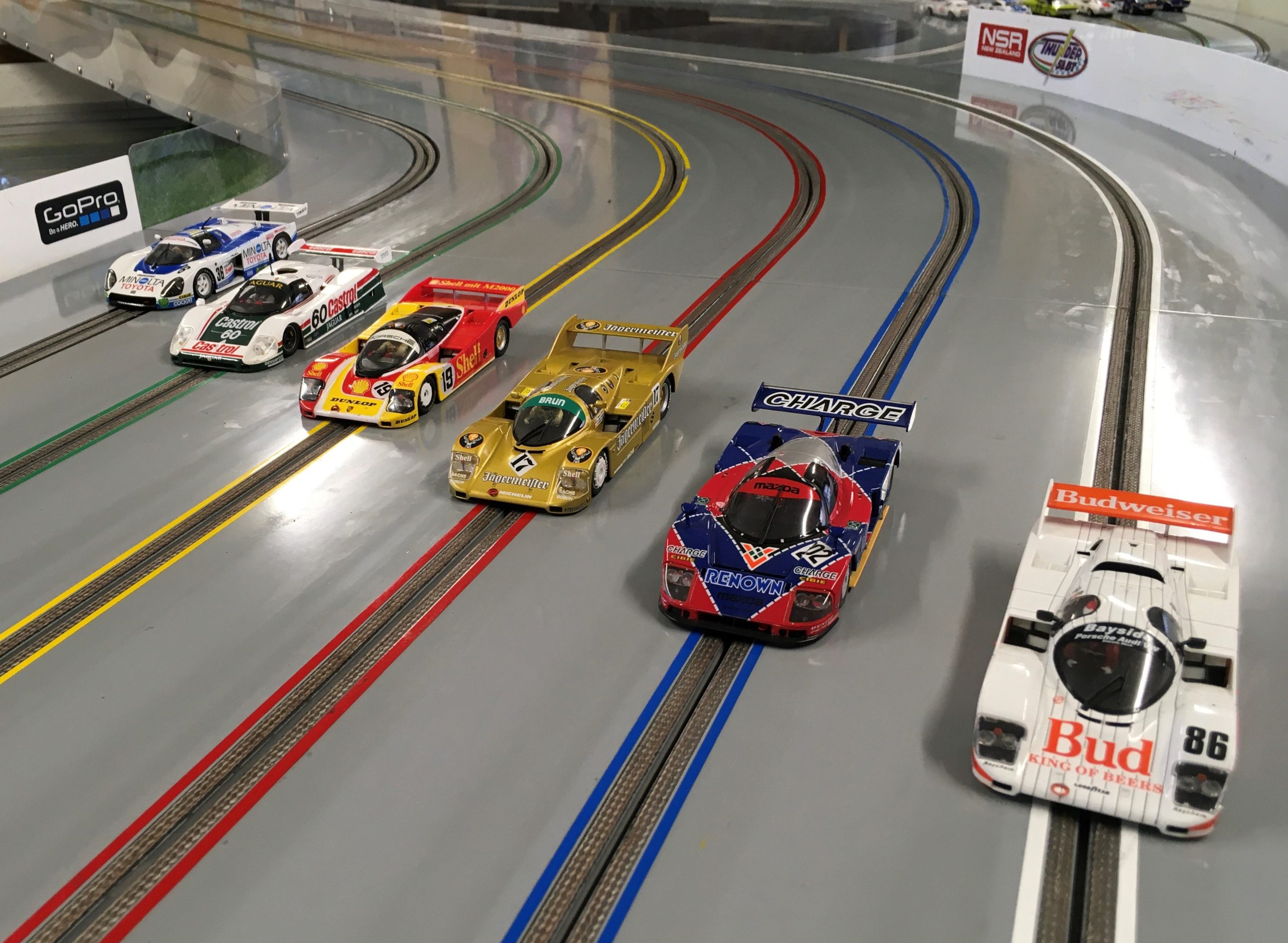
How slot cars work and their main features: here is the complete guide
Slot cars represent a fascinating world of speed, precision and fun. For decades, enthusiasts of all ages have devoted themselves to these motorized miniatures, creating elaborate tracks and competing in exciting races. But how exactly do slot cars work? In this comprehensive guide, we will try to explore how these little wonders work and see what their main features are.
Slot cars are model vehicles that move on specially designed tracks powered by electric motors. The name is derived from the small slots or "slots" on the track, where the slot cars' pickup must be inserted to allow the car to maintain its trajectory.
Delving into the history of slot cars
Before immediately answering the question "how do slot cars work?", it is interesting to take a brief leap into the past to discover the origins of slot cars. The first slot cars date back to the 1920s, but it was in the 1960s that they became popular thanks to the electric technology that replaced the old spring system. Since then, slot cars have continued to evolve, with new features and technology making them increasingly realistic and fun.
DELVE DEEPER WITH OUR DEDICATED ARTICLE!
What are the components of slot cars?
The chassis is the basic structure of the slot car, usually made of plastic or metal. It is designed to be lightweight and durable, ensuring optimal performance on the track.
The motor is the beating heart of the slot car. It is usually a DC electric motor, which provides the power needed to move the car along the track.
The body is the outer part of the slot car, often molded to resemble real vehicles. It can be made of plastic, resin or metal, and is often customized by enthusiasts.
Wheels and tires are crucial to the traction and stability of the slot car. They can vary in size and materials depending on the type of track and racing conditions.
Guides and brushes. Guides are small pieces of plastic that guide the slot car along the track. Brushes, on the other hand, are the electrical contacts that transfer power from the track to the slot car, allowing it to move.
How do slot cars work?
The operation of slot cars is quite simple, but that does not mean that there cannot be professionalism in their management. Ansi! it is a very fascinating system of correlation of factors (components, knowledge and skills of those who manage them). When the slot car is placed on the track and the controller is activated, electricity flows from the track through the brushes, powering the motor and turning the wheels.
This guidance is controlled by the position of the guide in the track slot and the power provided by the controller. This very simple mechanism acts as a driving force for all kinds of operations. From the tracks to the cars, everything affects the racing, and that is what makes slot car racing a beautiful passion to share.
What are the main features of slot cars?
- Speed: Slot cars offer a wide range of speeds, suitable for different skill levels and preferences. Beginner versions are designed for slower, more stable driving, while high-performance slot cars are designed to achieve impressive speeds on well-built tracks. Enthusiasts can experiment with more powerful engines, reducing the weight of the car and improving the transmission for even better performance.
- Handling: The handling of slot cars is critical to dominating turns and maintaining control during races. High-quality slot cars feature adjustable suspension, grippy tires, and light, rigid chassis that allow for precise and responsive handling. Enthusiasts can customize the handling of their slot car by adjusting the suspension tension, replacing tires with models better suited to the track surface.
- Customization: One of the most popular features of slot cars is the ability to fully customize your car. Enthusiasts can choose from a wide range of bodies, painting and decorating the car to make it unique. They can also install accessories such as lights, wings and mirrors to enhance the car's appearance and performance. In addition, many manufacturers offer a wide selection of parts and upgrades, allowing enthusiasts to optimize their slot car to maximize performance on the track.
- Track Compatibility: Slot cars are designed to run on both plastic and wooden tracks. What needs to be considered, however, is track compatibility, that is, whether the track you want to race on is analog or digital. Analog tracks run on a constant electric current that powers the slot cars. Each slot car receives the same amount of current, and the speed is controlled directly by the driver via a controller that adjusts the amount of current sent to the car. Digital tracks, on the other hand, use an advanced system in which each slot car is equipped with a digital chip. This chip allows each car to be individually controlled, independently of the others, through digital signals sent by the controller. This should all be well understood since an analog slot car cannot run on a digital track because it does not have the digital chip that allows it to go in the right direction and make track switches. In this regard, NSR makes slot cars for analog tracks that have the compartment to insert the chip and be able to run on digital tracks as well.
A great passion
Slot cars are more than just toys; they represent an exciting and engaging hobby for people of all ages. With a clear understanding of how they work and their main features, you can peacefully immerse yourself in the world of track racing, experiencing speed and excitement on a smaller scale. Whether you are a beginner or an expert, there is always something new to discover and appreciate in the world of slot cars!

